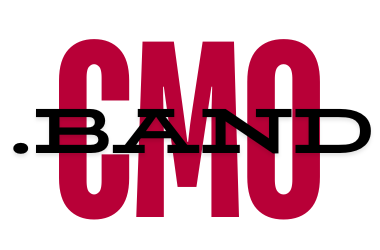Exploring Apple’s Competitive Landscape: A Comprehensive Analysis of Market Rivals
As a digital marketing expert, it’s crucial to understand the competitive dynamics that shape the strategies of leading tech giants. Apple Inc., known for its innovative products and strong customer loyalty, operates in a highly competitive environment. The company’s ability to stay at the forefront of technology and design has not only shaped consumer preferences but also influenced how competitors position themselves in the market. In this post, we will delve into a comprehensive analysis of Apple’s key competitors and explore how they challenge and inspire the tech giant.
Samsung: The Arch Rival
Perhaps the most direct competitor to Apple, especially in the smartphone and tablet sectors, is Samsung. This South Korean conglomerate has been a significant player, known for its rapid product innovation and ability to flood the market with a variety of devices catering to all segments. Unlike Apple, which maintains a more streamlined product line, Samsung adopts a more extensive and diverse approach, offering everything from budget to premium devices.
Samsung’s strategy focuses on rapid technological advancements, often beating Apple to market with new features. For instance, Samsung was ahead in introducing larger screen sizes and foldable technology, areas where Apple has been more cautious. Samsung also competes fiercely in the area of display technology and camera capabilities, continually pushing the envelope and forcing Apple to match or exceed these innovations in subsequent releases.
Google: The Software Titan
While Google’s hardware ventures with its Pixel smartphones and Google Nest home devices directly compete with Apple’s iPhone and HomePod, it’s the software landscape where Google poses a more significant challenge. Android, as an open-source platform, stands in stark contrast to Apple’s closed iOS system. This fundamental difference in philosophy means that while Apple sells a premium, controlled experience, Google offers versatility and customization.
Google’s strengths in AI and machine learning, evidenced by its Assistant and advancements in computational photography, are areas where it directly challenges Apple. Furthermore, Google’s deep integration of its services, like Google Photos, Maps, and Drive, with Android devices presents a compelling ecosystem that competes with Apple’s iCloud and native applications.
Huawei: The Contender from China
Despite facing significant political and economic challenges, Huawei remains a formidable competitor in the global smartphone market. Known for its strong R&D capabilities, Huawei has introduced devices that compete on both performance and price. The Huawei P series and Mate series have been particularly successful in challenging Apple’s dominance in the high-end market segment.
Huawei’s investment in developing its own mobile operating system, HarmonyOS, after being restricted from using Google’s Android, shows its commitment to controlling its tech ecosystem, much like Apple. This move could redefine its strategy and help it maintain its competitiveness against Apple in key markets like China and Europe.
Microsoft: The Productivity Powerhouse
While Microsoft has shifted away from directly competing with Apple in the smartphone sector, its Surface line of tablets and laptops directly competes with the iPad and MacBooks. Microsoft’s strength lies in its deep integration with enterprise software solutions, particularly its dominance with Windows and Office products.
The Surface devices are often pitched as more versatile alternatives to Apple’s offerings, capable of replacing both a laptop and a tablet. This is appealing to professional and business users who require devices that integrate seamlessly with their productivity tools. Microsoft’s focus on cloud computing with Azure also positions it as a strong competitor in the services sector, challenging Apple’s iCloud services.
Emerging Competitors and Market Trends
Apart from these tech giants, Apple faces competition from a variety of other players, including emerging Chinese brands like Xiaomi and OPPO, which offer high-quality devices at competitive prices. Additionally, the rise of wearable technology sees companies like Fitbit and Garmin introducing products that compete with the Apple Watch.
In conclusion, Apple operates in a dynamic market environment, facing competition from a variety of angles. Each competitor brings its strengths—whether in hardware diversity, software integration, price competitiveness, or feature innovation. For Apple, staying ahead means not just reacting to these competitors but also continuing to innovate in ways that resonate with its customer base, ensuring brand loyalty and setting new industry standards. As digital marketers, understanding these dynamics helps us anticipate market trends and craft strategies that leverage Apple’s competitive position effectively.

A seasoned digital marketing strategist with over 8 years of experience across various areas of digital marketing, including SEO, SMM, PPC, content marketing, and email marketing. Specializes in transforming B2B, B2C, e-commerce, and SaaS businesses by creating effective go-to-market strategies and building thriving digital ecosystems. Known for a data-driven approach to optimizing campaigns and maximizing results.
“If your business is looking to scale or in need of a fresh perspective, feel free to contact”.

